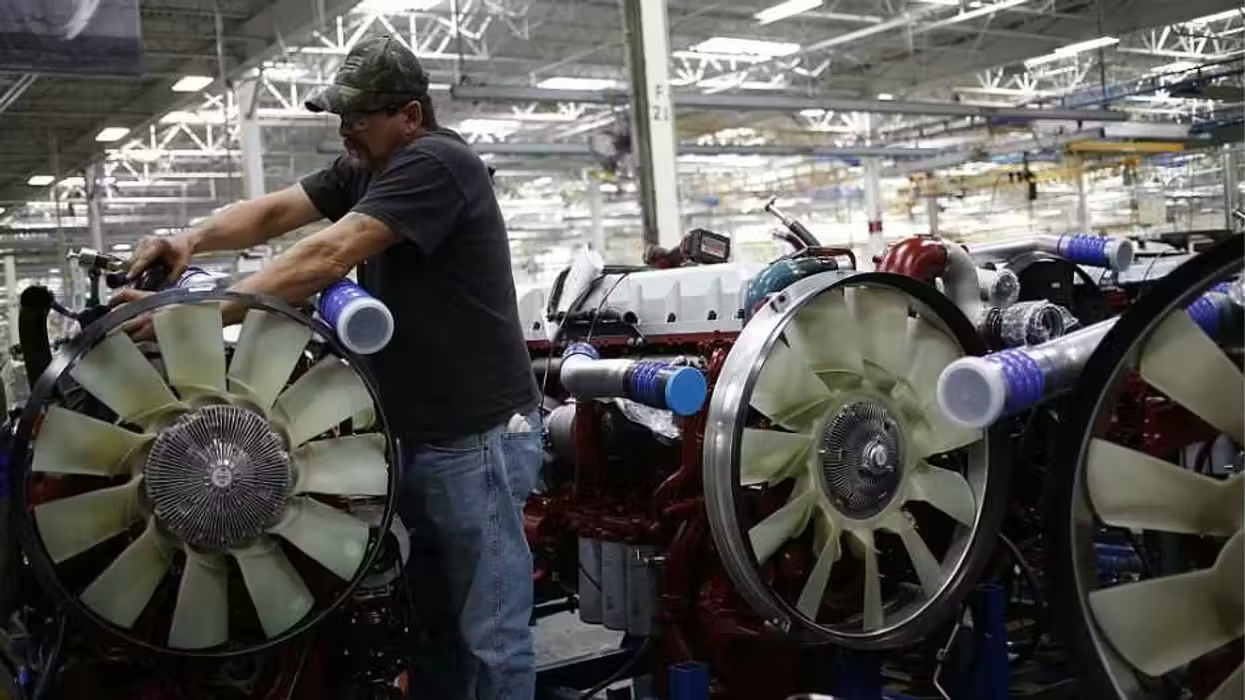When you flick that cigarette butt on the ground, you might as well be throwing away a battery, according to these South Korean scientists.
Researchers at Seoul's National University recently outlined how they converted used cigarette filters into a material capable of storing energy that could power anything from pacemakers to electric cars.
 Scientists created a process that could transform nearly 6 trillion cigarette butts each year from toxic garbage to supercapacitors (Image source: Maui County)
Scientists created a process that could transform nearly 6 trillion cigarette butts each year from toxic garbage to supercapacitors (Image source: Maui County)
The scientific team presented their evidence this week in the journal Nanotechnology, explaining that the cigarette filters are composed mainly of cellulose acetate fibers that can be transformed high-performing carbon-based material using a simple one-step process, according to Reuters.
Cigarette filters and are considered toxic and a risk to the environment, instead the researchers want to employ this process to provide a win-win solution.
"Our study has shown that used cigarette filters can be transformed into a high-performing carbon-based material using a simple one-step process, which simultaneously offers a green solution to meeting the energy demands of society," Jongheop Yi, professor and study co-author said.
The researchers converted the cellulose acetate into a carbon-based material with a burning technique called pyrolysis, which created plenty of tiny pores that allowed it to act a as a high-performing, supercapacitive material.
They then attached the material to an electrode and tested it.
The manipulated filters proved to offer superior performance when compared to commercially available carbon, graphene and carbon nanotubes. The researchers hope the material can be used to coat the electrodes of supercapacitors -- electrochemical components that can store extremely large amounts of electrical energy.
If their technique proves to be workable on a broad scale, they may have hit a scientific goldmine. An estimated 5.6 trillion used-cigarettes, or 766,571 metric tons, are deposited into the environment worldwide every year, according to Science Daily.
"Numerous countries are developing strict regulations to avoid the trillions of toxic and non-biodegradable used-cigarette filters that are disposed of into the environment each year -- our method is just one way of achieving this," Yi said.
Advocates of the idea say cigarettes may be bad for your health, but they are just as harmful to the environment. With this process, at least the leftovers from the temporary nicotine high could be put to good use.
(H/T: Reuters)
--
Follow Elizabeth Kreft (@elizabethakreft) on Twitter.

 Scientists created a process that could transform nearly 6 trillion cigarette butts each year from toxic garbage to supercapacitors (Image source: Maui County)
Scientists created a process that could transform nearly 6 trillion cigarette butts each year from toxic garbage to supercapacitors (Image source: Maui County)





